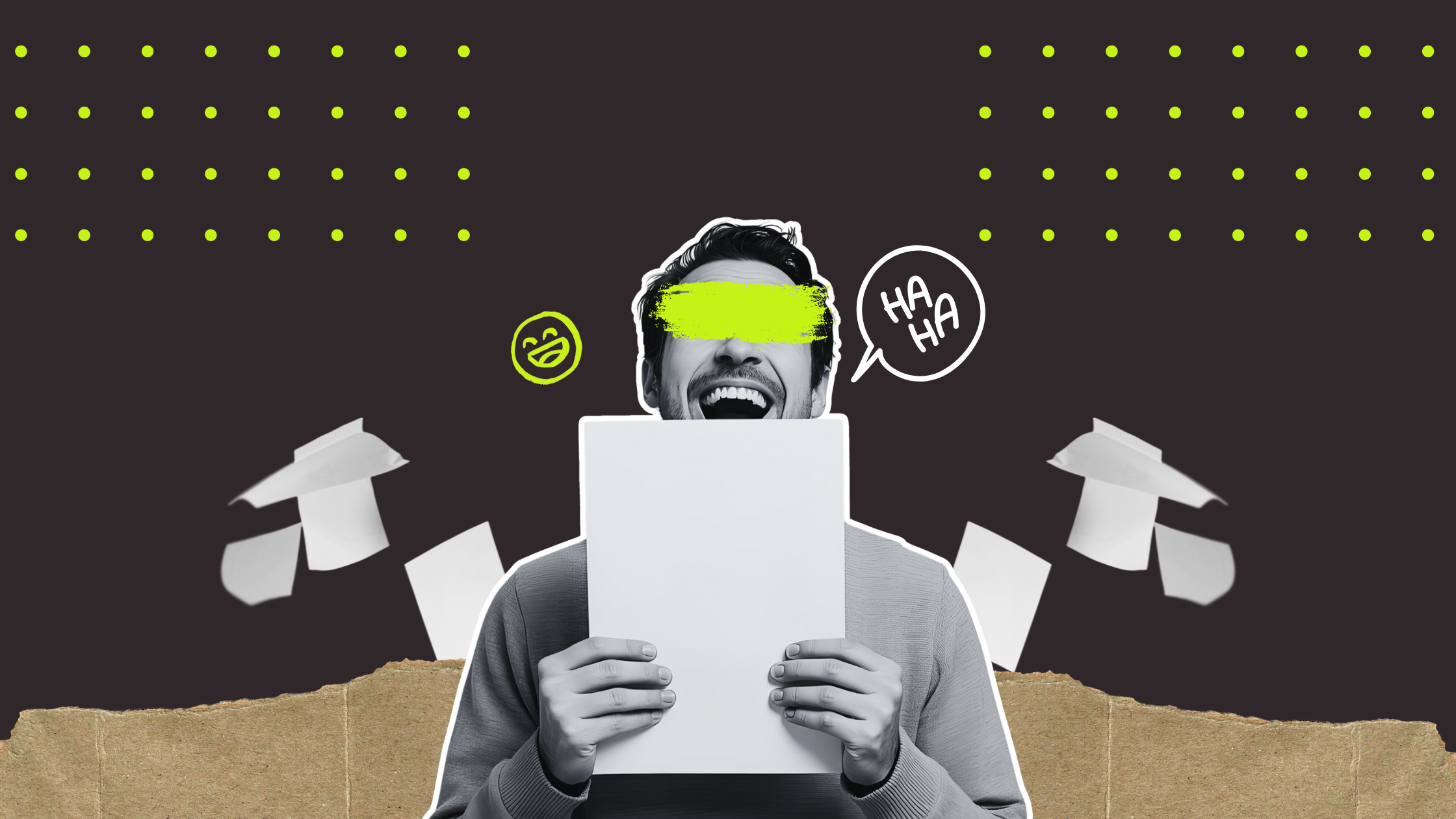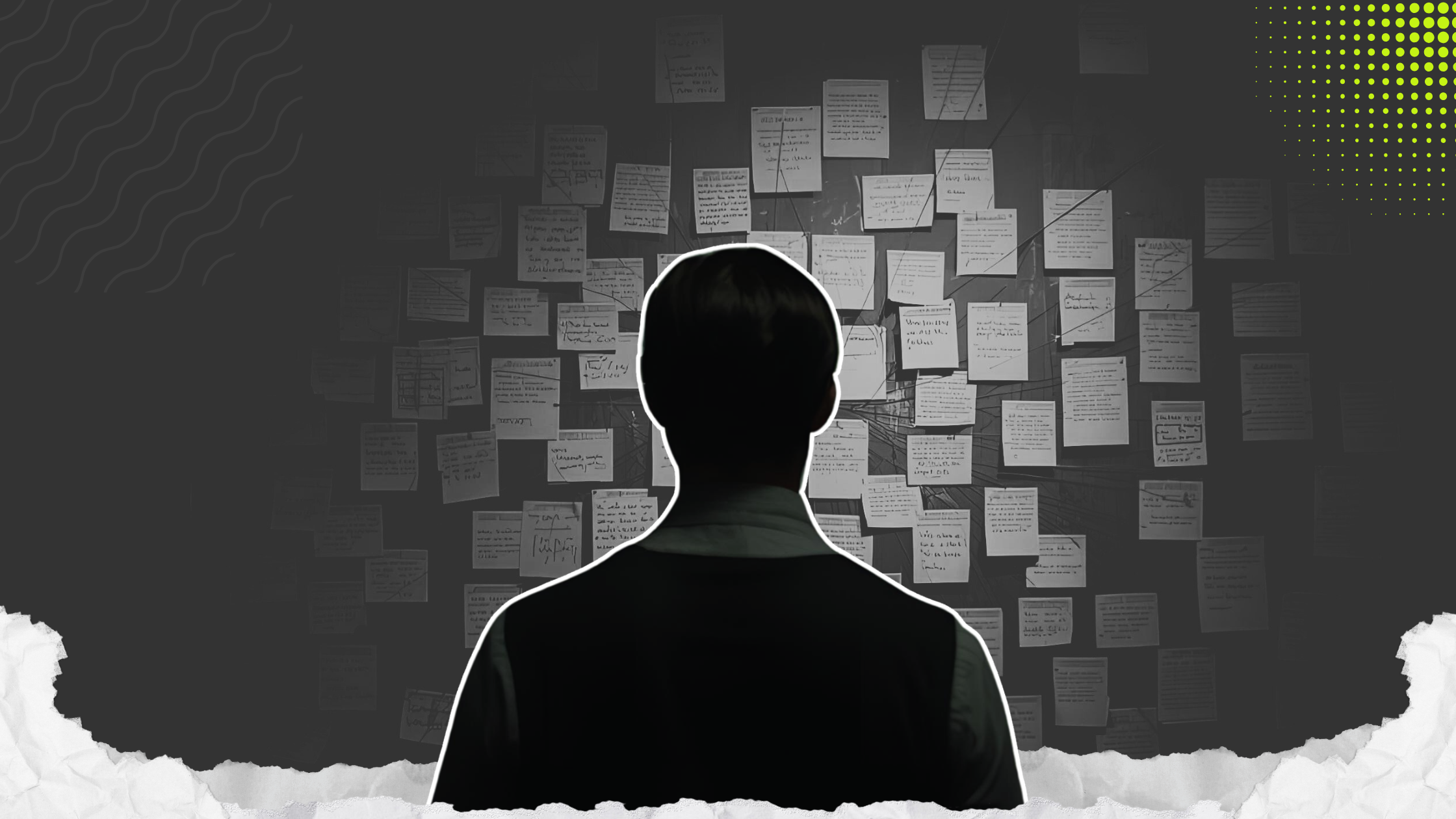Latest Articles
From Script to Set: What It Really Takes to Make a Short Film
Finishing a script is a milestone but bringing it to life is where filmmaking truly begins. Drawing from firsthand production experience, follow Ryan’s journey from page to set, breaking down how a short film moves into production. Through real-world lessons on preparation, small crews, and problem solving under pressure, Ryan shares what it takes to turn words into images and why, with adaptability and a clear creative vision, making a first short film is not only possible, but deeply rewarding.
15 Examples Of The Best Inciting Incidents (And Why They Work So Well)
Inciting incidents are the spark that ignites every great story. They disrupt a character’s world, hook the audience, and set the entire plot in motion. In this guide, we break down why these moments matter, how writers can craft them effectively, and what the very best examples - from Harry Potter to Parasite - teach us about unforgettable storytelling.
The 10 Best Screenplays Of The 1970s
The 1970s: New Hollywood’s most daring era, saw writers toss out old Hollywood formulas and respond to a turbulent world with some of the greatest screenplays ever written. Born from chaos and cultural upheaval, these scripts reshaped storytelling and set a new creative standard. Here are the ten essential screenplays that defined a generation.
15 Best High School Screenplays
High school is the ultimate cinematic backdrop, messy, funny, cruel, and unforgettable. It’s where crushes felt apocalyptic, friendships felt sacred, and every hallway showdown played like a three-act drama. From satire to horror to heartfelt coming-of-age, these stories shaped us. So grab your notebooks: here are 15 high school screenplays that defined eras, broke rules, and still hit way too close to home.
Funny At Its Finest: 20 Downloadable Comedy Scripts To Learn From
Comedy may be impossible to define, but great comedic writing? That you can absolutely learn. From rom-com classics to zombie chaos, these 20 downloadable scripts show how wit, structure, and sheer absurdity collide to create something unforgettable. Whether you prefer clever banter, surreal hijinks, or full-on chaos, there’s a masterclass here waiting to make you laugh, and level up your writing.
Fresh Ideas for Scripts: Fuel Your Next Great Story
Struggling for your next great story? Unleashes your creativity with brainstorming techniques, 50 fresh script ideas across genres, and a step-by-step method to turn sparks into screenplays. Learn how to hook readers, build emotional payoffs, and discover where to submit your finished script - from competitions to Kinolime itself.
Top 16 Screenwriting Books
You don’t need an MFA to master screenwriting - just the right books. From Blake Snyder’s Save the Cat! to Stephen King’s On Writing and Pressfield’s The War of Art, these 16 must-reads cover every angle: story structure, dialogue, industry insight, creative mindset, and the business of getting your words from page to screen.
How to Outline a Screenplay in Six Steps: A Screenwriter’s Guide
Outlining a screenplay is the bridge between inspiration and execution. It helps you shape your concept, structure your plot, and define your characters before writing a single scene. In this guide, we break down how to create a strong script outline in six clear steps so you can write with focus, flow, and confidence.
A History of Horror – 13 Downloadable Horror Scripts
As the veil thins and the nights stretch ever longer, we invite you to journey through the dark heart of cinema. From cursed islands and wax museums to dreamscapes and daylight cults, these thirteen screenplays trace horror’s evolution - from whispered superstition to psychological terror. Each one a reflection of its era, each one daring you to read closer… and maybe sleep with the lights on.
How to Get a Manager for Screenwriting
Breaking into Hollywood isn’t just about great scripts, it’s about building the right relationships. Landing a screenwriting manager means proving your craft, showcasing marketable samples, and finding a true career partner. From referrals and queries to competitions and proof-of-concepts, here’s how to open doors and get the representation you deserve.
Top 20 Best Screenwriters
The greatest screenwriters have shaped cinema through unforgettable dialogue, characters, and stories that span genres and generations. From Wilder and Kaufman to Peele and Gerwig, their works reveal timeless lessons in craft, voice, and innovation. Studying these legends offers aspiring writers a roadmap to master storytelling.
The Myth of Character Assasination
When Luke Skywalker retreats into exile, Daenerys turns tyrant, or Hopper shifts into aggression, fans cry “character assassination.” But are these truly betrayals of character—or proof that growth isn’t always linear? Let’s explore why sudden changes feel jarring, and asks whether character assassination is just a myth born of expectation.
Meet the Boss: How Film’s Commanding Archetype Shapes Heroes and Stories
From Charlie Townsend to Nick Fury, the “Boss” archetype is cinema’s mission-giver, rule-maker, and occasional chaos agent. Whether stoic, ruthless, or quietly paternal, these figures shape heroes’ journeys, expose their relationship to authority, and often surprise us by breaking the mold. Here’s how the Boss drives story, and why they matter.
What Does “Film Noir” Really Mean?
What makes a film truly noir? From shadow-soaked classics to neon-lit neo-noirs and today’s wild reimaginings, the genre keeps morphing yet always feels unmistakable. At its core lie mystery, cynicism, and danger—let’s uncover the timeless traits that keep noir alive.
10 Downloadable Unproduced Superhero Screenplays
Blockbuster season may be fading, but heroes never really die, they just linger in forgotten drafts. From Nicolas Cage’s Superman to Cameron’s very R-rated Spider-Man, we’ve unearthed 10 unproduced superhero screenplays. Some brilliant, some bizarre, all proof that not every cape makes it to the screen.
Decomposer: A post-COVID reflection on nature, humanity, and stillness [Podcast]
Join John Schramm with Andre Ford, Georgina George, and Chaya Amor as they dive into Decomposer, a top 3 Kinolime finalist. With haunting visuals, a tragic anti-hero, and themes of ecology and identity, the panel explores why this eerie, poetic horror screenplay simply deserves to be made.
How to Build a Short Film That Gets Made — From Script to Screen
Dreaming up a short film is easy; bringing it to life is where the real challenge begins. From juggling locations, budgets, and crews to writing with production in mind, success comes down to strategy. Here’s how to craft a short that not only gets made but leaves an unforgettable mark on audiences.
How to Copyright Your Screenplay to Protect Your Ideas
Worried someone might steal your script? You’re not alone. Copyright doesn’t protect “big ideas” but the specific words and scenes you’ve written.
From registering with the U.S. Copyright Office to WGA claims and trademarks, we’ll break down how to secure your screenplay and keep your work undeniably yours.
How the Kinolime Shorts Competition Works (and Why It’s Different)
Tired of contests that charge fees and deliver nothing? Kinolime’s short film competition offers no submission fees, real funding ($7,500 + $500), producer mentorship, and audience voting that actually matters. Keep your rights, make your film, and let your story shine.
Past Short Films That Made It Big: What We Can Learn
From Whiplash to The Babadook, some of the biggest films began as bold, brilliant shorts. Let’s unpack what makes a short film stand out, why they matter, and how studying the best can sharpen your own storytelling craft. Start small, think big — and make every frame count.


















![Decomposer: A post-COVID reflection on nature, humanity, and stillness [Podcast]](https://images.squarespace-cdn.com/content/v1/61e8a17cae68793e9fa20bb5/1755684126582-JX9GS570HRZ54TPO9XZB/Kinolime+Podcast+Episode+13+-+16-9.png)



